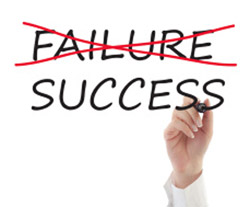by Brian Lundgren & Ken Forziati

Parkinson Technologies maintains two state of the art technology labs at its Woonsocket, RI headquarters. In these labs, our customers conduct trials for two basic reasons:
To “test drive” equipment prior to making a significant capital investment. Before a customer invests a great deal of time and money, they want to be absolutely certain their materials and processes will work on the equipment they’re considering purchasing. Running a trial in our Marshall and Williams Plastics Orientation lab allows them to see firsthand how their materials will perform under a wide variety of process conditions, and enables us to tailor the machine’s design specifically for their application to ensure that they are purchasing the right equipment for the job.
To develop new film and sheet products for their current manufacturing assets. Utilizing our lab lets customers test out new polymer film and sheet formulations on a smaller pilot-scale line with limited quantities of raw materials, without tying up their large production-scale equipment.
By “test driving” a new production line or experimenting with novel materials, customers can mitigate the risks associated with upgrading their equipment or developing a new product. With manufacturers like Parkinson offering on-site testing capabilities, companies can take a more calculated, efficient approach to innovation.
This means that even if your material did not run the way you expected during the trials, the effort was not a waste of time and money. Rather, conducting those trials saved you time and money in the long run by enabling you to validate your objectives, fine-tune your specifications or avoid going down a long dead-end development path. By the same token, our labs allow you to conduct a design of experiments approach to perfect new materials and process parameters while running small batches before making the leap to a more substantial investment.
“Unexpected results” are common and they reflect a critically important part of a learning process that breeds smarter decisions going forward.
Ultimately, you wind up with a more successful product or process as well as valuable knowledge that can be applied to innovation efforts later down the road.